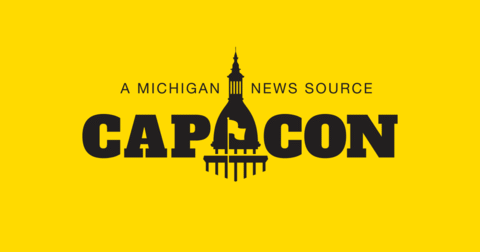Detroit School Enrollment Reaches Historic Low
Which means starting next year in a budget hole already
The latest count for enrollment for the reconstituted Detroit public school district shows that it has lost even more students and has perhaps the lowest enrollment in its history.
There are two student count days each year, one in November and another in March. The per pupil foundation allowance for a district is based on a blend of those counts and is the basis for the majority of state funds it receives.
Detroit’s actual count of students registered for this spring is 44,669, the lowest for Detroit in decades. It’s down 312 from the fall. By comparison, the district enrolled 168,213 students in 2000.
Because the spring and fall student counts determine how much the district will have to spend, falling short on enrollment means trouble in the form of a $2.9 million budget deficit. This means the district starts planning for the next school year already in a fiscal hole.
Budget planners had projected enrollment of 45,511 students for 2016-17 but actual enrollment was 45,153. That 45,153 was based on a blend of the count days for the spring and fall counts in 2016. The Detroit Financial Review Commission, an oversight board created as part of the 2014 city of Detroit bankruptcy proceedings, said the drop of 353 students created the budget hole.
Detroit public schools gets $7,522 per student in a state foundation allowance. Detroit’s public school district received $14,708 per pupil for its general fund in local, state and federal dollars in 2015-16, the latest year information is available from the Michigan Department of Education. By comparison, Plymouth-Canton schools received $9,275 per pupil in local, state and federal funding. That's $5,433 less than Detroit.
Michigan Capitol Confidential is the news source produced by the Mackinac Center for Public Policy. Michigan Capitol Confidential reports with a free-market news perspective.


 Detroit school district took 73 days to produce public records
Detroit school district took 73 days to produce public records
 Detroit charter network up for $1 million award
Detroit charter network up for $1 million award
 Detroit schools spend $196M of COVID cash on teachers, $34M on student mental health
Detroit schools spend $196M of COVID cash on teachers, $34M on student mental health
 Whitmer seeks $7.8M for road funding solution, six years after pledging to fix the roads
Whitmer seeks $7.8M for road funding solution, six years after pledging to fix the roads
 Bills would redirect corporate welfare to pave roads
Bills would redirect corporate welfare to pave roads
 Whitmer’s $83.5B budget won’t fix the roads, lawmakers say
Whitmer’s $83.5B budget won’t fix the roads, lawmakers say